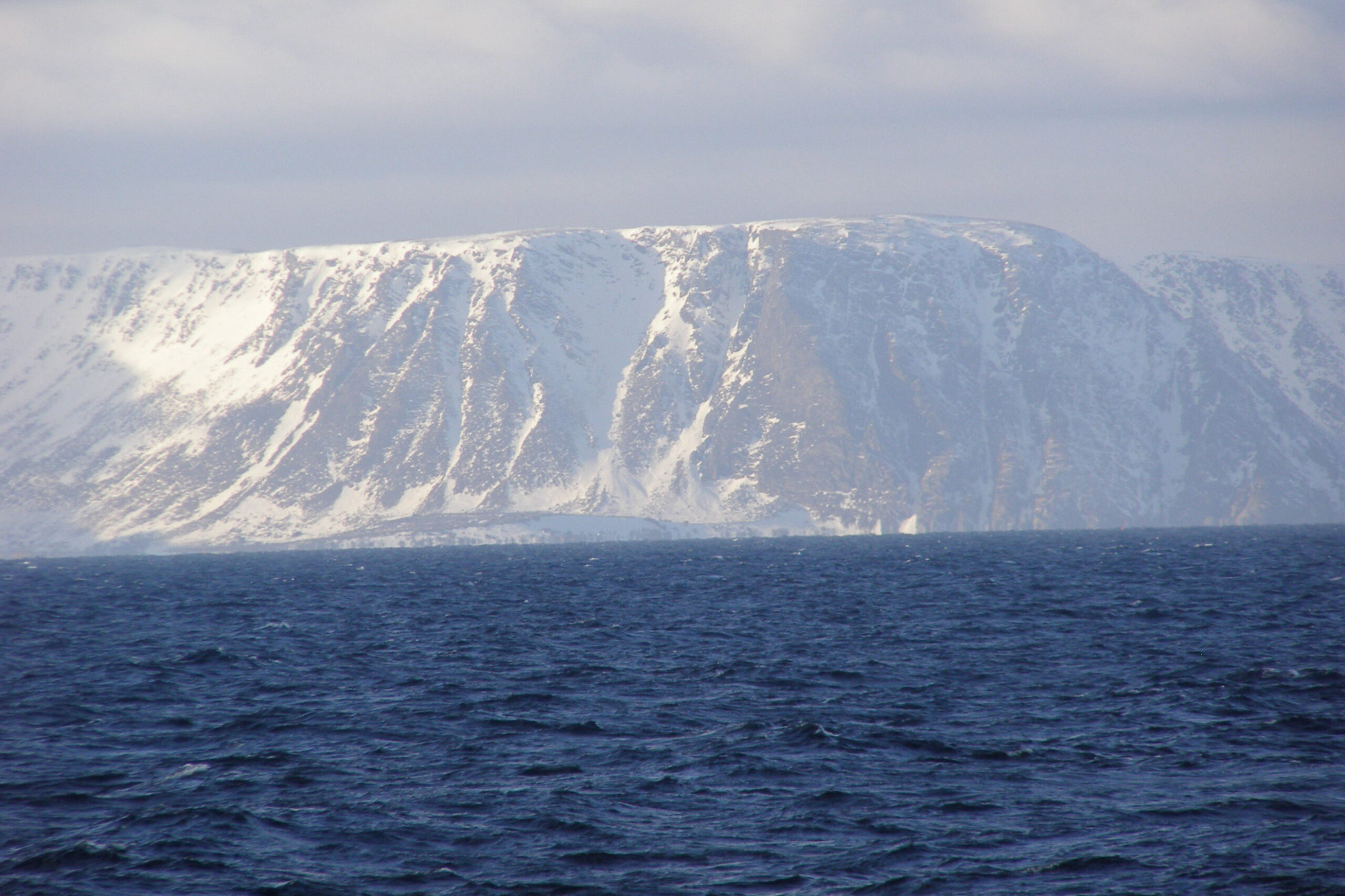A groundbreaking predator-prey event in the coastal waters of Norway has recently captivated the scientific community. This remarkable spectacle, which represents the largest observed marine feeding event to date, has revealed fascinating insights into the complex dynamics of the ocean’s food chain. Led by Professor Nicholas Makris from MIT’s Department of Mechanical and Ocean Engineering, a team of researchers witnessed a vast congregation of cod aggressively pursuing spawning capelin, offering a fresh perspective on the behavioral patterns of these species.
Every February, billions of capelin, small Arctic fish, embark on an essential migration from the Arctic ice edge to Norway’s coastline to spawn. This migration is crucial for the survival of numerous marine species, as it provides a rich food source for seabirds, whales, and predatory fish such as the Atlantic cod. During this time, cod take full advantage of the capelin’s presence, building up energy reserves that will sustain them throughout the year. The predator-prey relationship between cod and capelin is usually well-balanced, but disruptions to this dynamic can have far-reaching consequences on the broader Arctic ecosystem.
Professor Makris and his team used an innovative imaging technology known as Ocean Acoustic Waveguide Remote Sensing (OAWRS) to track these massive fish movements. This technique involves sending sound waves deep beneath the water’s surface to map fish populations over large areas in real-time. The method allows researchers to observe the intricate details of predator-prey interactions across vast distances, offering a more comprehensive understanding of these underwater phenomena. Additionally, the team integrated multispectral acoustic mapping, a novel approach that identifies specific fish species by analyzing the unique resonant frequencies of their swim bladders.
By differentiating between species such as cod and capelin based on the sounds they emit, researchers were able to monitor and document the event with remarkable precision. This technological advancement marks a significant leap forward in marine biology, allowing scientists to observe complex ecological interactions that were previously difficult to capture. The findings from this study not only expand our understanding of marine life but also underscore the critical importance of the capelin migration in maintaining the delicate balance of the Arctic ecosystem.


















